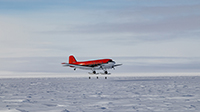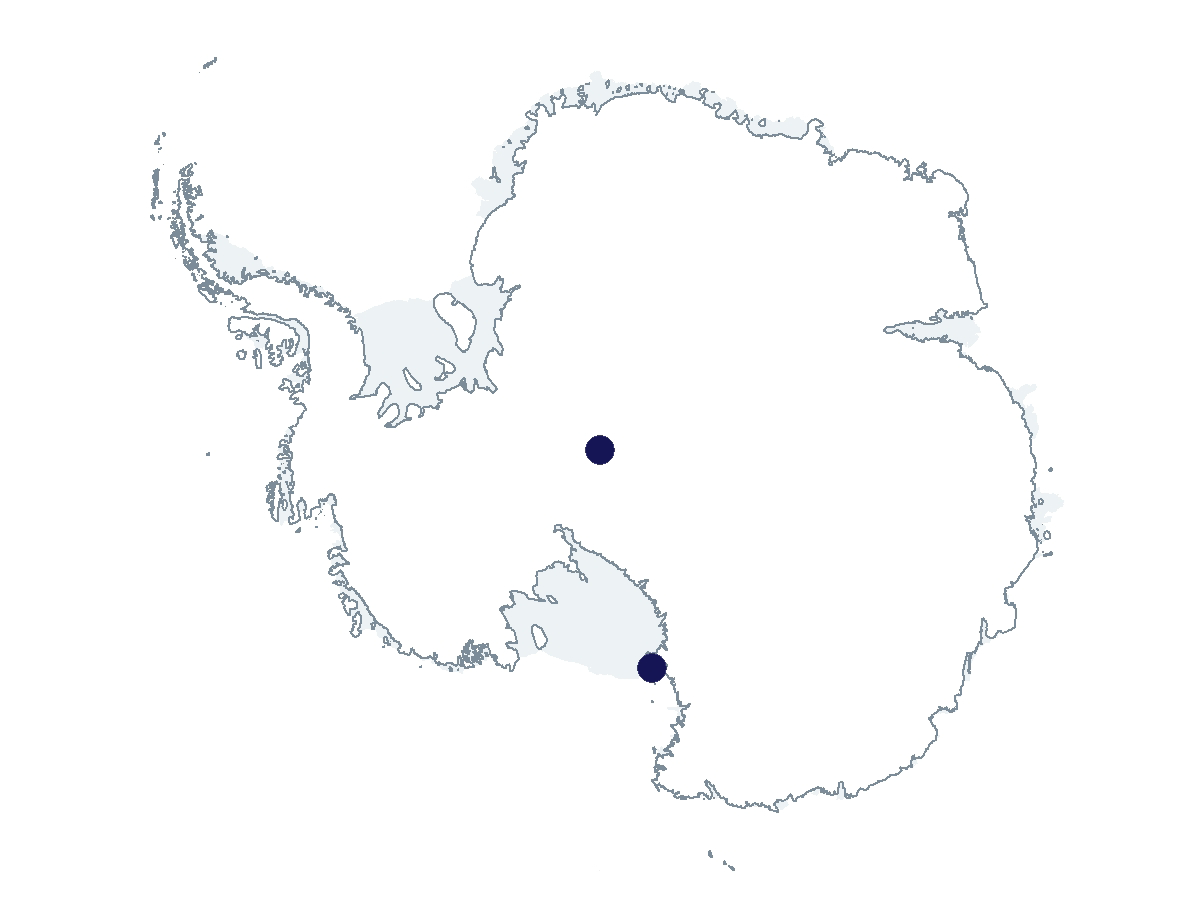2022-2023 USAP Field Season
Project Detail Project TitleCOLDEX - Airborne Geophysics Survey- East Antarctic Plateau (EAP) Summary
Event Number:
Program Director:
ASC POC/Implementer: Principal Investigator(s)
Dr. Edward Jeremy Brook
Location
Supporting Stations: McMurdo Station, South Pole Station DescriptionThe Center for OLDest Ice EXploration (COLDEX) will address fundamental questions critical to understanding past and future climate change, including sensitivity to higher levels of greenhouse gases, the role of greenhouse gases in the evolution of ice age cycles, and the behavior of the Antarctic ice sheet in warmer climates. This element of COLDEX provides Basler-supported airborne radar echo sounding, gravity and magnetic surveys of the East Antarctic plateau between South Pole Station and Dome A that will locate and characterize potential deep ice sites for later ground-based investigation. The airborne survey spans two deployment seasons, the first encompassing a broad survey (15 km line spacing) from the Pole region to approximately 800 km distance toward Dome A, and the second involving a more detailed survey of two or three smaller regions chosen from the broad survey area. The ultimate goal of this airborne survey and follow-on ground-based investigation is to identify a location for a deep ice core to be drilled during COLDEX Phase II.
Field Season OverviewSeven scientists will work from Crary Lab and a science tent at Williams Field for approximately three to four weeks to set up survey equipment on a dedicated Basler and conduct three test flights of five to six hours and ranging up to 800 km from McMurdo Station. Following the McMurdo-area test flights, five of the seven participants deploy to South Pole Station (SPS) for four weeks to conduct 15 survey missions within 800 km of SPS in the direction of Dome A. Installed survey instruments include the new COLDEX UHF ice penetrating radar, the UTIG VHF ice penetrating radar, an existing KU snow radar, a GT-Z gravimeter, a magnetometer, and a laser altimeter, along with complementary GPS systems. Survey missions will be five to six hours in duration, requiring two team members onboard the aircraft. Other team members will work from both B2 lab and a science structure at the South Pole Basler parking area for 24-hr data processing operations and trouble shooting. After completion of the survey missions, the team and Basler will return to McMurdo Station for one week to reconfigure the aircraft.
Deploying Team Members
|
2022-2023 Science Planning Summary



For USAP Participants |
For The Public |
For Researchers and EducatorsContact UsU.S. National Science FoundationOffice of Polar Programs Geosciences Directorate 2415 Eisenhower Avenue, Suite W7100 Alexandria, VA 22314 Sign up for the NSF Office of Polar Programs newsletter and events. Feedback Form |



